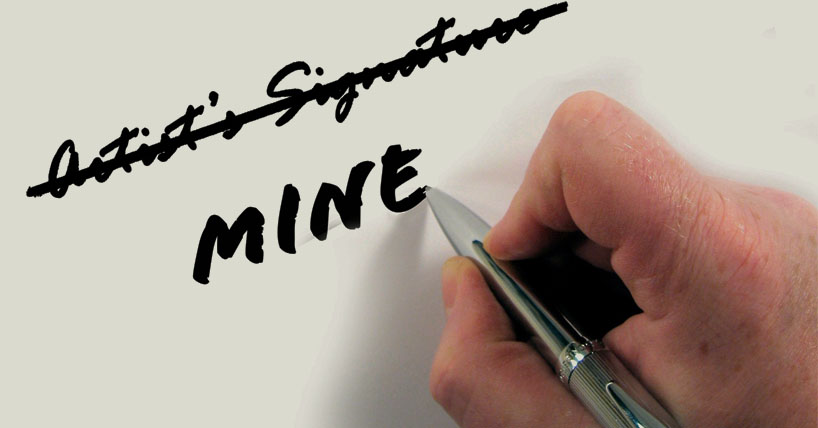Referencing
In your academic work you will be reading and responding to the work of others. You need to acknowledge this work in your own writing through referencing.
What is referencing?
Referencing is how you acknowledge the source of the information you have used (referred to) in your work. It helps to make clear to the reader how you have used the work of others to develop your own ideas and arguments.
Whether you are quoting directly from a book, summarising an idea from a journal article, illustrating a point with an image, or paraphrasing an opinion from a newspaper article, you need to give credit to the original creator of the work.
Explore methods for effectively managing information throughout your research.
Sometimes the words used to describe referencing can be confusing, especially as they are often used interchangeably. To keep things simple, here is a quick summary of key referencing terms:
Citation: this is an acknowledgement that you place in your writing at the point you have referred to someone else’s work. It may be in the author-date format (e.g., Jones, 2020) or in numeric format (e.g. [1].)
Reference: each citation should have a corresponding reference, which provides further details about the source of information you have used. This may include the creator’s name, date of publication, title of the work, publisher details and a URL if accessed online. References are usually placed at the end of your writing in a reference list.
Bibliography: this is another name for the list of references at the end of your document. A reference list usually only contains references for material you have cited in your work. A bibliography may also include references for materials you have read or consulted but not cited.
What do you need to reference?
You need to reference every time you use the work of others. This could include:
- ideas
- words
- data
- designs
- images
- music
- computer code
Whatever the information source: website, textbook, journal article, magazine, newspaper, YouTube Video, or social media site, if you have quoted, paraphrased or summarised another person’s work, you need to reference it.
However, you do not need to reference commonly known facts, for example:
"Newcastle upon Tyne is in the North East of England".
.jpg)
Why do you need to reference?
Referencing is important for the integrity and quality of your academic writing. Here’s why:
Referencing:
- gives authority to your work by showing the breadth of your reading
- shows the reader how you have developed your arguments and engaged with the ideas of others
- enables a reader to see the original sources that you've used; they can follow up on your references so they can learn more about the ideas you’ve discussed in your work or check any facts and figures
- allows others to use your work as a research source (for which you should be cited!)
- makes clear which ideas are your own and those inspired by others; this enables you to avoid plagiarism
The quality of your referencing can affect the marks you’re given for assessments, so it’s worth taking the time to get them right.
How to reference
In a nutshell, referencing is a two-step process. Whenever you refer to another source of information, you need to firstly insert a citation in your text, and secondly, expand on that citation in a full reference at the end of your work.
How you format your citations and references will depend on the referencing style that you use and the type of information you’re referencing.
Referencing styles
Referencing styles are a set of instructions. They tell you what information you need to include in your reference, the order that information should appear, and the way it should be formatted in your work.
Referencing styles will provide specific instructions for different information types too, meaning a reference for a book will look different to a reference for a website. Check your programme handbook or ask your module leader which referencing style you should be using.
Cite Them Right Harvard is the most frequently used referencing style at the University, and if your school does not have a preferred style, is the one that we would recommend. You can find out more about Cite Them Right Harvard and other referencing styles, including examples of citations and references, on our Referencing Guide or on Cite Them Right.
Referencing tools
Keeping track of all your references and making sure you consistently follow your referencing style might seem a little daunting, but there are lots of tools that can help you manage and format your citations and references correctly.
- Look out for cite options on Library Search, Google Scholar and subject databases.
- Generate citations and bibliographies using reference building tools such as Cite This for Me or ZoteroBib.
- Explore reference management software such as EndNote, Mendeley or Zotero.
Whatever tool you use, it’s always a good idea to get to know the conventions of the referencing style, so that you can spot mistakes or missing information. Use guidance from your School, or check examples in Cite Them Right to make sure your references are accurate.









